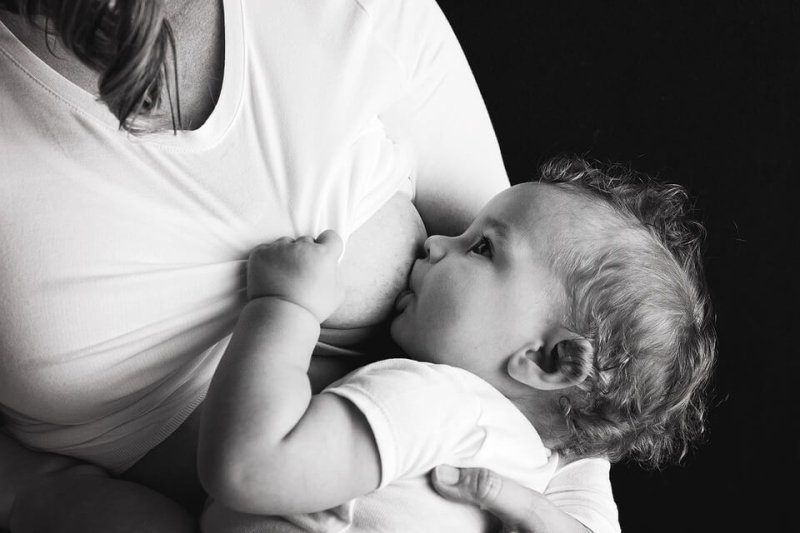Over the years, researchers have proposed a number of explanations for human breasts. Some claimed evolution favored “pendulous” breasts — as scientists dryly describe them — because they gave babies something to cling to like handle bars. Others suggested permanent breasts evolved as an energy reserve, lumps of fat to be tapped when food is scarce.
…
Whether or not breasts first served as energy banks or handle bars for mothers and infants, they eventually caught the attention of males. This is why most researchers assume sexual selection has been at work: They argue that over the course of human evolution, permanent breasts helped females attract mates. Like the ostentatious feathers of male peacocks, breasts served as a message to the opposite sex.
…
And in the case of peacock feathers, and potentially breasts, there’s truth in advertising. The more spectacular the feathers, the healthier the bird, and therefore this trait is what evolutionary biologists call an honest signal: a reliable indicator of an animal’s quality as a mate or parent.
…
Suffice to say, if there are underlying, biologically evolved preferences for certain breast qualities, cultural and individual factors can override them. More research is certainly needed.
Read full, original post: Scientists Still Stumped By The Evolution of Human Breasts































